Service hotline
+86 0755-23615795
Release date:2025-07-16Author source:KinghelmViews:54
The performance of a communication antenna depends not only on its design, but also heavily on precise manufacturing processes. From the fabrication of metal radiators to final performance testing, every step of process control directly impacts key indicators such as gain, VSWR, and weather resistance. This article breaks down the antenna production process in detail, from raw material selection to finished product delivery—revealing the secrets behind manufacturing high-quality antennas.
I. Core Workflow of Communication Antenna Production
Antenna manufacturing combines precision machining + integrated assembly + performance calibration. The overall workflow consists of five main stages:
1. Raw material selection and pretreatment: Choose metals, plastics, composites based on antenna type, and apply surface treatments.
2. Key component manufacturing: Fabricate radiators, reflectors, feeding networks, and other critical parts.
3. Assembly and integration: Assemble parts to precise design specifications and connect feeders and interfaces.
4. Performance testing and calibration: Use professional equipment to test antenna parameters and adjust to meet design standards.
5. Environmental reliability verification: Simulate harsh environments to ensure outdoor stability.
Each stage must strictly follow process standards. For instance, the dimensional tolerance of radiators must be controlled within ±0.01mm; otherwise, VSWR could exceed acceptable limits (>1.5).
II. Raw Material Selection and Pretreatment Process
The properties of raw materials directly determine an antenna's fundamental performance. Selection and pretreatment must balance conductivity, weather resistance, and cost.
(A) Key material choices
1. Radiator materials:
Prioritize high-conductivity metals:
l Copper (conductivity 58 MS/m): used in mid-to-high-end antennas (e.g., base station antennas).
l Aluminum (conductivity 37 MS/m): preferred for lightweight applications (e.g., UAV antennas).
l Copper-aluminum alloys (conductivity 45 MS/m): balance cost and performance.
Surface treatment:
l Copper: silver plating (0.5–2μm) to enhance conductivity.
l Aluminum: anodizing (5–10μm) to improve corrosion resistance.
2. Radome materials:
l Outdoor antennas: fiberglass (glass fiber + epoxy resin) for high/low temperature resistance (-40℃ to 80℃) and UV resistance (service life ≥8 years).
l Small devices (e.g., routers): ABS plastic for low cost and ease of molding.
3. Feeders and brackets:
l Feeders: inner conductor uses oxygen-free copper (99.99% purity); outer shield uses aluminum-magnesium alloy for flexibility.
l Brackets: 304 stainless steel (for coastal areas) or 6061 aluminum alloy (for lightweight needs), passing salt spray test (500 hours without rust).
(B) Pretreatment process
l Metal parts: ultrasonic cleaning (to remove oil) → acid pickling (to remove oxide layer) → drying (80–120℃) to ensure quality of welding/plating.
l Composite parts: radome blanks undergo high-temperature curing (120℃/2 hours) to relieve internal stress and prevent deformation.

As the core part converting signals, radiator size and shape errors must be kept at micron level.
1. Processing methods:
l Low-frequency antennas (e.g., 433MHz): stamping (mold accuracy ±0.01mm); high efficiency (30–50 pcs/min).
l High-frequency antennas (e.g., 28GHz): CNC milling with precision up to ±0.005mm, ensuring high-frequency radiation efficiency.
l Microstrip antennas (e.g., embedded phone antennas): PCB photolithography to etch metal patches (line width error <0.01mm).
2. Connection methods:
l Multi-element array antennas: laser welding (heat-affected zone <0.1mm) avoids deformation seen in traditional soldering.
l Small radiators: conductive adhesive bonding (conductivity >10⁴ S/m), suitable for materials sensitive to heat (e.g., plastic substrates).
1. Reflectors (e.g., parabolic antennas):
l Large reflectors: spun forming (diameter 1–3 m; shape error <0.5mm) to ensure focusing accuracy.
l Small reflectors: stamping + polishing (surface roughness Ra <0.8μm) to reduce scattering.
2. Brackets:
l Die casting (aluminum alloy) or bending (stainless steel). Key areas undergo aging treatments (e.g., aluminum T6) to increase mechanical strength (tensile strength ≥200 MPa).
Feeding networks (including impedance matching and power dividers) must achieve low loss and high isolation.
l Low frequency (<6GHz): PCB etching to create microstrip lines (characteristic impedance 50Ω ±2Ω).
l High frequency (>10GHz): waveguide structures (metal cavities) machined by precision milling, insertion loss <0.5 dB.
Precise positioning is critical; misalignments can shift antenna performance.
1. Positioning and fixation:
l Radiator-reflector spacing error must be <0.1mm (e.g., director misalignment in Yagi antennas can reduce gain by 1–2 dBi).
l Use positioning fixtures and secure with stainless steel screws or clips to prevent loosening during vibration tests (10–500 Hz, 10G acceleration, 2 hours without displacement).
2. Feeder connections:
l RF connectors (e.g., SMA, N-type) soldered to feeders using hot air gun (300–350℃); solder with 3% silver to reduce contact resistance.
l Use heat shrink tubing (temperature resistance 125℃) and sealing glue to achieve waterproof rating (IP67).
3. Radome installation:
l Large antennas: flange connection with silicone O-ring seals.
l Small antennas: ultrasonic welding (seam strength >50N) to avoid signal blocking by screws.
Each antenna must pass rigorous tests to eliminate defects.
1. VSWR test:
Using network analyzers (e.g., Agilent N5224A); VSWR ≤1.5 is acceptable (higher VSWR causes signal reflection and wasted power).
2. Gain and radiation pattern tests:
In microwave anechoic chambers, measure gain (error <0.5 dBi) and pattern (main lobe deviation <5°) with systems like SATIMO SG24.
3. Isolation tests:
Multi-port antennas (e.g., MIMO) require port-to-port isolation >25 dB to prevent interference.
l VSWR over spec: fine-tune matching capacitors/inductors (e.g., add 1 pF capacitor).
l Pattern deviation: adjust reflector/director position (accuracy ±0.05 mm).
l Re-test after calibration to confirm stability.
l High/low temperature cycling: -40℃ (2h) → 85℃ (2h), 100 cycles; post-test performance change <10%.
l Rain test: 100mm/h rainfall for 1 hour, no water ingress, no VSWR anomaly.
l Salt spray test: 5% salt water spray for 500 hours; no rust on metal parts.
|
Antenna Type |
Key Manufacturing Processes |
Critical Process Control |
|
Microstrip antenna |
PCB photolithography, SMT soldering |
Etching line width error <0.01 mm |
|
Parabolic antenna |
Spun forming, laser welding |
Surface accuracy <0.5 mm |
|
Base station array |
CNC milling, multi-element tuning |
Element spacing error <0.1 mm |
|
Omni fiberglass |
Filament winding, spiral radiator |
Fiberglass wall thickness ±0.1 mm |
l Automation: Robotic welding (precision ±0.02mm), automated testing systems (3× efficiency gain) reduce manual errors.
l 3D printing: For complex parts (e.g., shaped reflectors); uses metal powders (titanium, aluminum alloys), accuracy ±0.05mm.
l Digital twin: Simulate production in software (e.g., HFSS), optimize parameters (e.g., radiator size) before manufacturing, reducing trial-and-error cost.
The antenna manufacturing process is a synergy of precision machining and strict testing. From raw material pretreatment to final environmental tests, every step must control micron-level tolerances and meet performance benchmarks. Understanding these processes helps manufacturers boost efficiency (e.g., automation cutting 50% of labor costs) and buyers evaluate quality (e.g., preferring outdoor antennas passing salt spray tests).

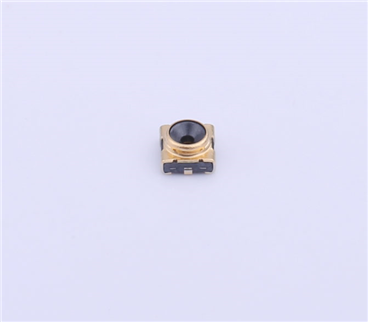
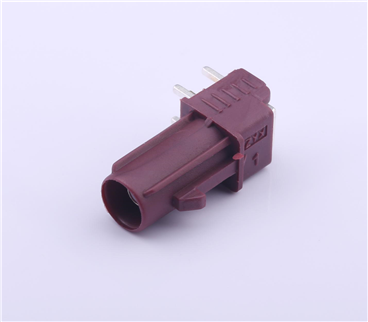
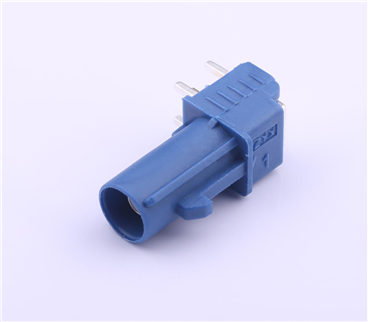
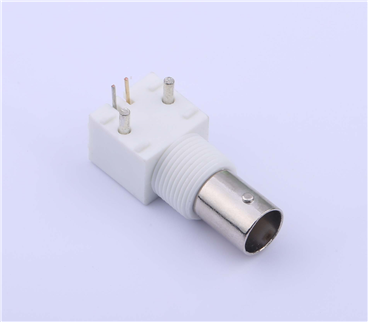
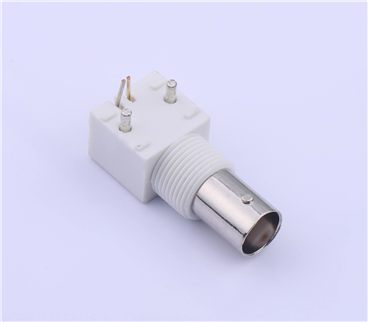
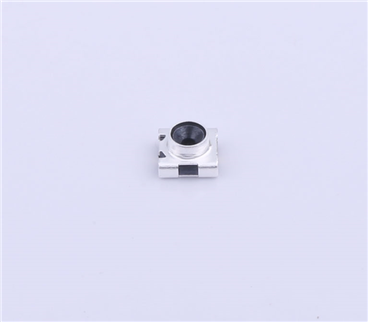

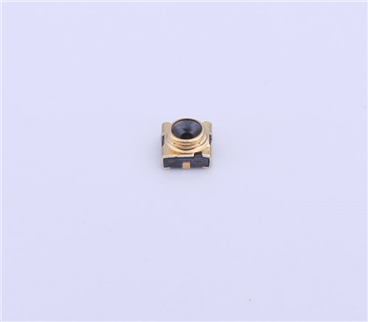
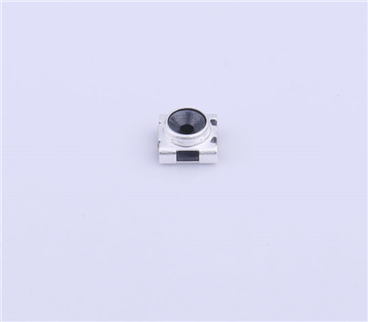
Copyright © Shenzhen Kinghelm Electronics Co., Ltd. all rights reservedYue ICP Bei No. 17113853